1. Standing Water Features
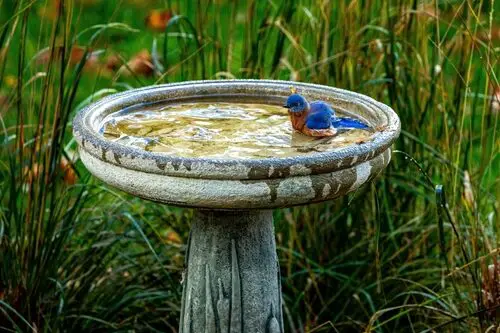
A pond or birdbath might seem charming, but if water isn’t circulating, it becomes a breeding ground for mosquitoes. Mosquitoes lay eggs in stagnant water, and even small amounts can sustain them. Buyers are quick to notice swarms of bugs buzzing around a backyard feature. What should feel like a relaxing retreat turns into a space people avoid.
Circulating pumps or fountains can keep water moving and discourage mosquitoes. But without these systems, standing water invites pest issues that spread to neighboring plants and patios. The sight of algae or murky ponds also creates a neglected impression. Buyers will choose a low-maintenance, bug-free option over one with hidden hassles.
2. Overcrowded Flower Beds
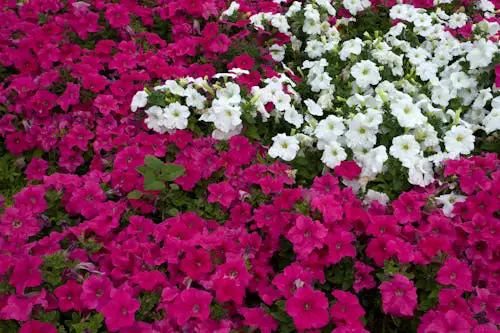
It might seem lush and inviting to pack as many plants as possible into a bed, but overcrowding creates a perfect environment for pests. When plants are crammed together, air circulation suffers, and damp conditions make it easy for fungi and insects to thrive. Aphids, whiteflies, and spider mites especially love these conditions because they can move from plant to plant without much effort. Buyers who see wilted or infested beds may worry about future maintenance headaches.
Spacing plants properly not only reduces the spread of pests but also helps each one grow stronger and healthier. A well-spaced garden looks more intentional and less chaotic. Even if you love a “wild” look, strategic gaps between plantings can make a big difference. Healthy gardens are more attractive to buyers than beds that look like they’re competing for survival.
3. Exotic Plants in the Wrong Climate
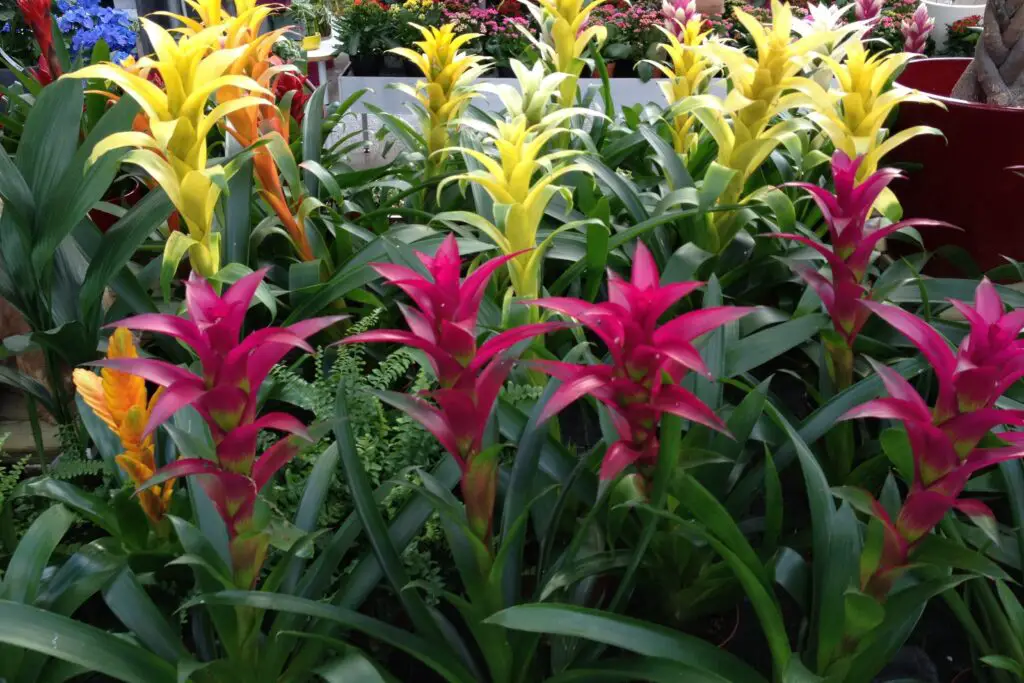
Exotic plants can be stunning, but when they’re grown outside their natural climate, they often struggle. Weak, stressed plants are like open invitations to pests that sense the opportunity. For example, tropical plants placed in cooler or drier climates frequently suffer from scale insects or mealybugs. A buyer who sees drooping exotics may assume the whole yard is high-maintenance.
Beyond pests, exotic plants can require special fertilizers or irrigation systems just to survive. That means more cost and effort for anyone taking over the property. A garden should feel manageable and welcoming, not like a science experiment. Buyers are more likely to admire plants that clearly belong in the region.
4. Dense Groundcovers
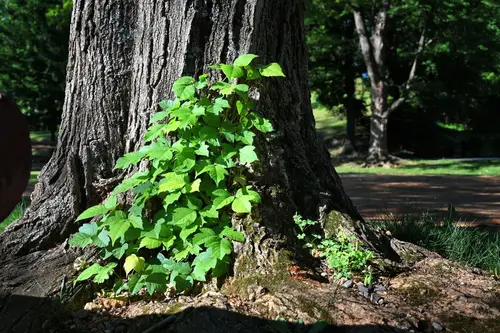
Groundcovers can be useful for erosion control, but thick mats of ivy or vinca are practically pest hotels. They provide endless hiding places for rodents, slugs, and ticks that thrive in cool, shaded conditions. These pests are hard to detect until populations grow out of hand. Buyers may see groundcovers as a red flag rather than a selling point.
Managing dense groundcovers often requires constant pruning or even chemical control. They can also creep into other garden beds or nearby lawns, creating more headaches. A tidier approach, like using gravel pathways or mulched beds, avoids the pest problem while still looking polished. Buyers want outdoor spaces that feel easy to enjoy, not overrun with critters.
5. Overused Mulch Piles
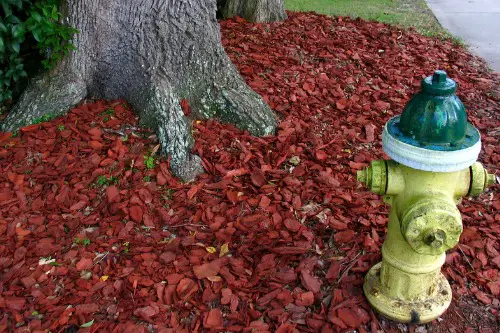
Mulch can make a yard look neat, but using too much can create a haven for pests. Thick mulch holds excess moisture, attracting termites, earwigs, and even cockroaches. These pests often move from the mulch toward nearby structures. For a buyer, that raises immediate concerns about damage to the home.
Proper mulching uses just two to three inches, enough to keep soil healthy without suffocating it. Overdone mulch piles can also encourage fungal growth, which damages plant roots. A neat, balanced layer looks far more appealing than overstuffed beds. Buyers want to see careful upkeep, not signs of hidden infestations.
6. Monoculture Plantings
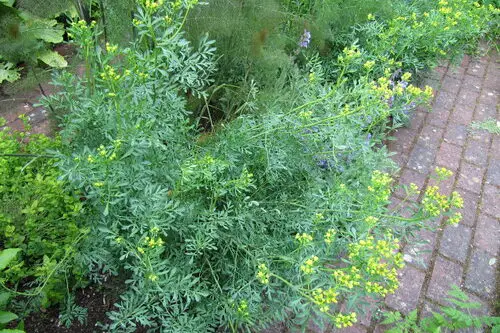
Planting just one type of flower or shrub might create a clean look, but it’s also risky. Pests that specialize in that plant suddenly find themselves in a buffet with no obstacles. Japanese beetles, for instance, can strip an entire rose bed in a matter of days. To buyers, a monoculture often feels fragile rather than resilient.
Mixing different species helps interrupt pest cycles and keeps landscapes interesting. Diversity creates balance, where natural predators can also thrive. A garden with variety is not only healthier but also visually richer. Buyers often connect more strongly with yards that feel alive and adaptable.
7. Neglected Fruit Trees
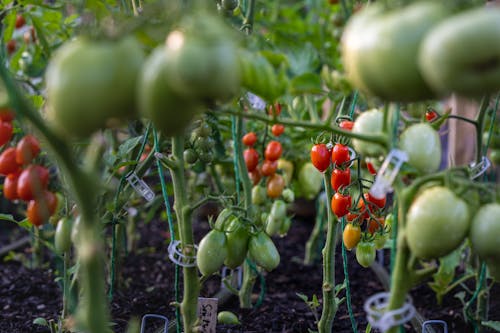
Fruit trees seem like a charming addition, but neglected ones quickly become pest magnets. Rotting fruit attracts wasps, fruit flies, and rodents. Branches with fungal infections or borer damage also give an unkempt impression. Buyers might picture endless weekends spent cleaning up fallen fruit instead of enjoying the yard.
Maintaining fruit trees requires regular pruning, thinning, and cleanup. Without that, pests spread quickly to other plants nearby. For homeowners who aren’t avid gardeners, the upkeep feels daunting. Buyers are far more impressed by a healthy ornamental tree than a struggling fruit tree covered in pests.
8. Too Many Night-Blooming Plants
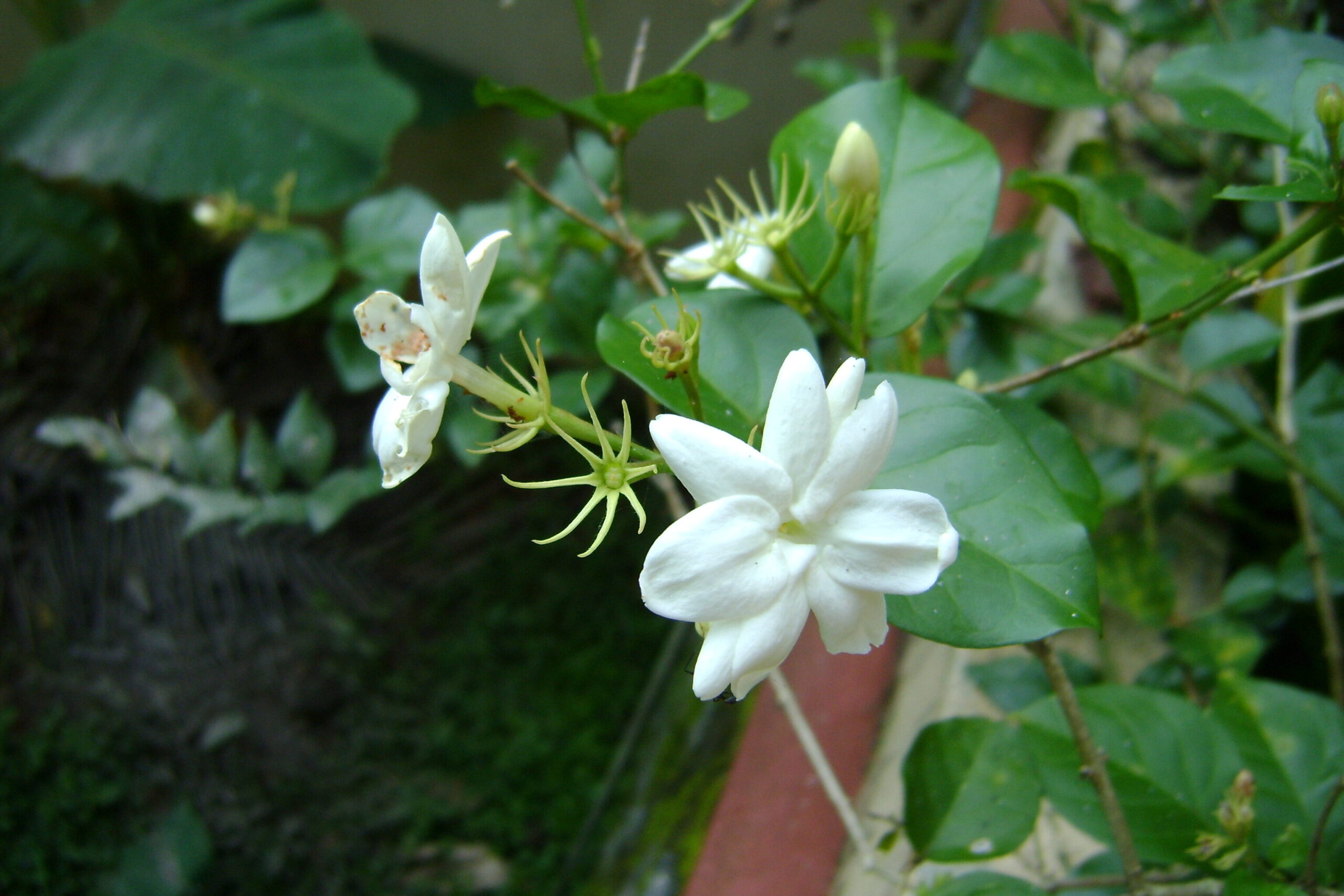
Night-blooming plants, like jasmine or evening primrose, can smell wonderful, but they also draw moths. Moths lay eggs that hatch into caterpillars, which chew through leaves and flowers. In large numbers, these pests can devastate nearby plants. Buyers may associate the garden with pest problems rather than its fragrance.
A few night bloomers create atmosphere without overwhelming the space. Overdoing it tips the balance in favor of insects rather than people. Thoughtful placement of these plants is key to avoiding trouble. Buyers want yards that feel carefully curated, not overrun by pests after sundown.
9. Unmanaged Compost Piles
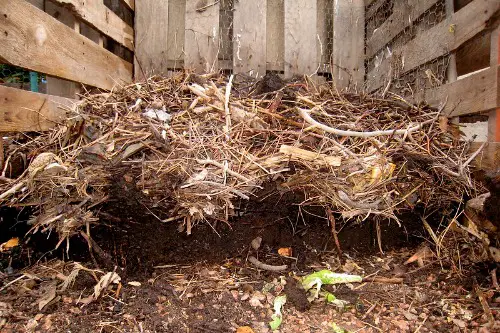
A compost bin is great for sustainability, but if it’s unmanaged, it becomes a pest hub. Flies, ants, and even rats are drawn to food scraps that aren’t properly layered or covered. A pile that smells or looks messy is an immediate turn-off for buyers. Instead of eco-friendly, it reads as unhygienic.
Composting works best when done in sealed bins or with a well-maintained turning system. That keeps pests away while still breaking down material effectively. Buyers will appreciate a system that looks clean and intentional. A neglected pile, though, signals more work than it’s worth.
10. Lawns Watered at Night

Watering lawns after dark may save time, but it creates damp conditions that pests love. Slugs, snails, and fungal spores thrive in moisture that lingers overnight. Grass ends up patchy and weak, which attracts even more insects. Buyers may see the lawn as a money pit instead of a green oasis.
Early morning watering allows sunlight to dry excess moisture and keeps pests under control. Healthy lawns are one of the first things buyers notice, and they set the tone for the whole property. Switching the timing makes a huge difference in appearance and pest prevention. It’s a small detail with a big impact on curb appeal.
11. Ornamental Grasses in Tight Clumps
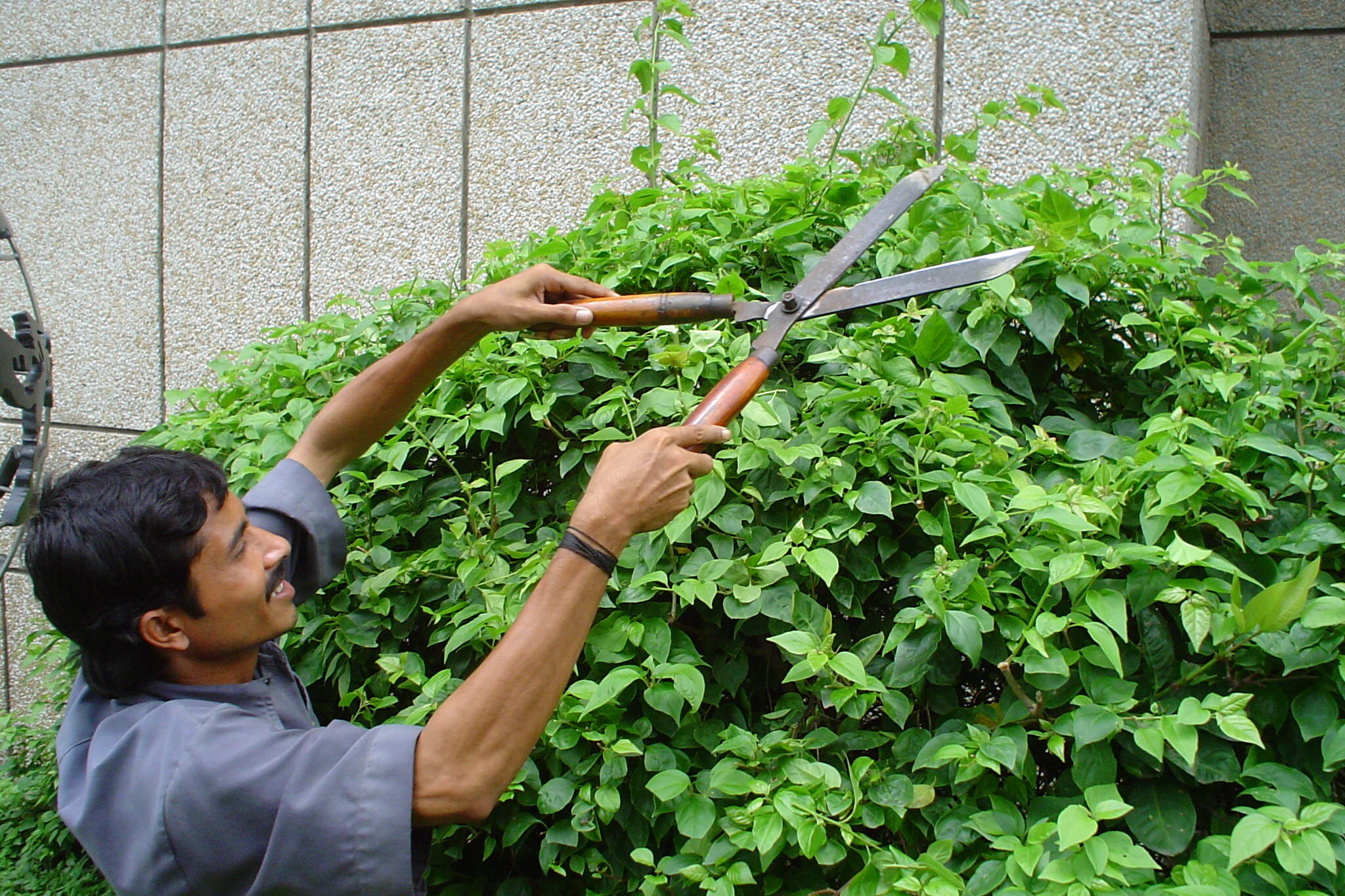
Ornamental grasses can look dramatic, but when they’re planted in thick clumps, they shelter rodents and insects. Mice and voles especially love hiding in the dense foliage. Their tunneling can damage roots and nearby plants. Buyers might picture unseen critters scurrying underfoot.
Spacing grasses or mixing them with other perennials helps break up pest habitats. Regular trimming also keeps them looking neat and discourages nesting. A balanced design feels stylish without inviting trouble. Buyers want beauty without the baggage of hidden pests.
12. Untamed Vines on Structures
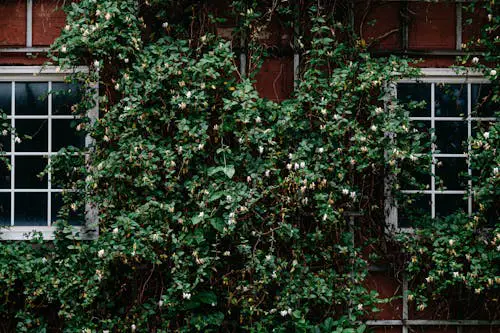
Climbing vines like ivy or wisteria can make a home look romantic, but they also provide cover for pests. Insects, spiders, and even rodents use the vines to reach higher entry points. Once inside, they become a much bigger problem. Buyers often see vines as a maintenance nightmare rather than a selling feature.
Vines can also trap moisture against siding or brick, leading to structural damage. That adds another layer of concern for buyers already wary of pests. Keeping vines trained on trellises instead of walls is a safer option. Buyers are far more impressed by controlled beauty than chaotic growth.
13. Flowering Plants That Attract Deer
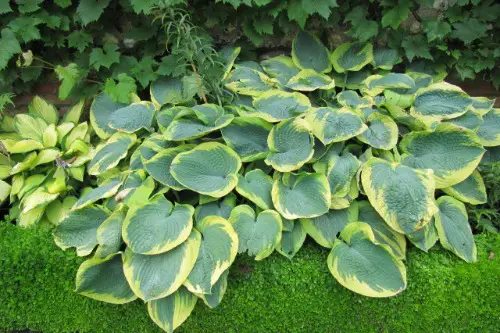
Deer might not seem like pests at first, but they can devastate gardens. Plants like hostas, tulips, and roses are irresistible snacks. A yard full of them becomes an open invitation to deer and the ticks they carry. Buyers may worry about constant plant damage and health risks.
Choosing deer-resistant plants like lavender or daffodils makes a yard easier to manage. It also reduces the chances of pests hitching a ride into the property. A beautiful garden shouldn’t double as a wildlife buffet. Buyers feel more secure when they see a landscape that won’t be eaten overnight.
This post 13 Planting Trends That Attract Pests Instead of Buyers was first published on Greenhouse Black.
